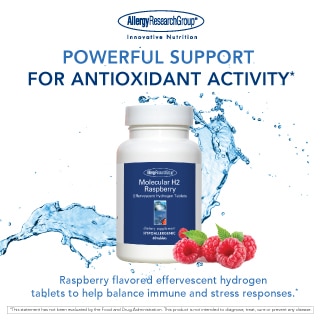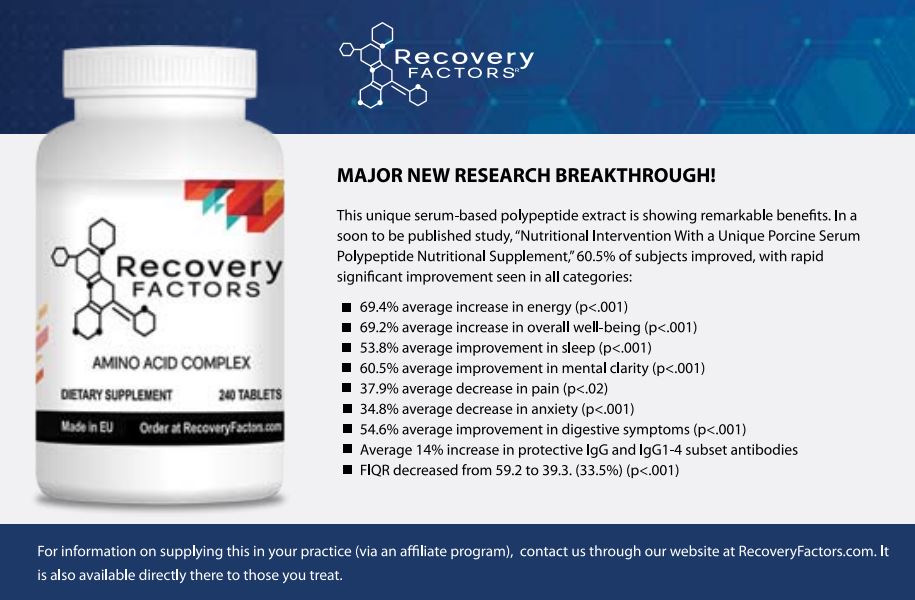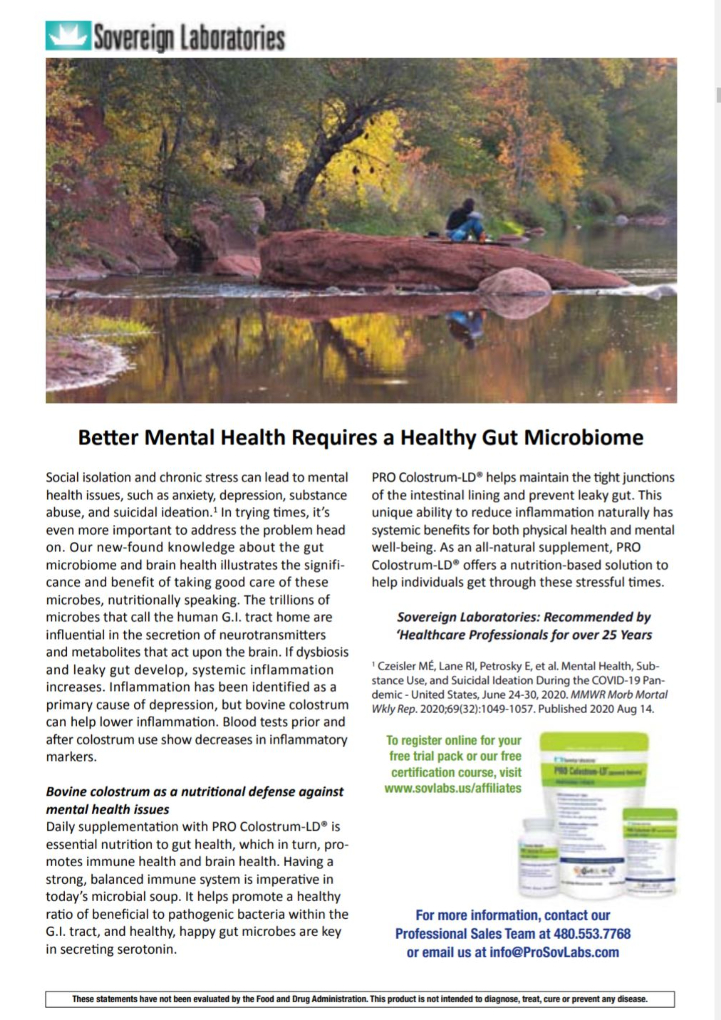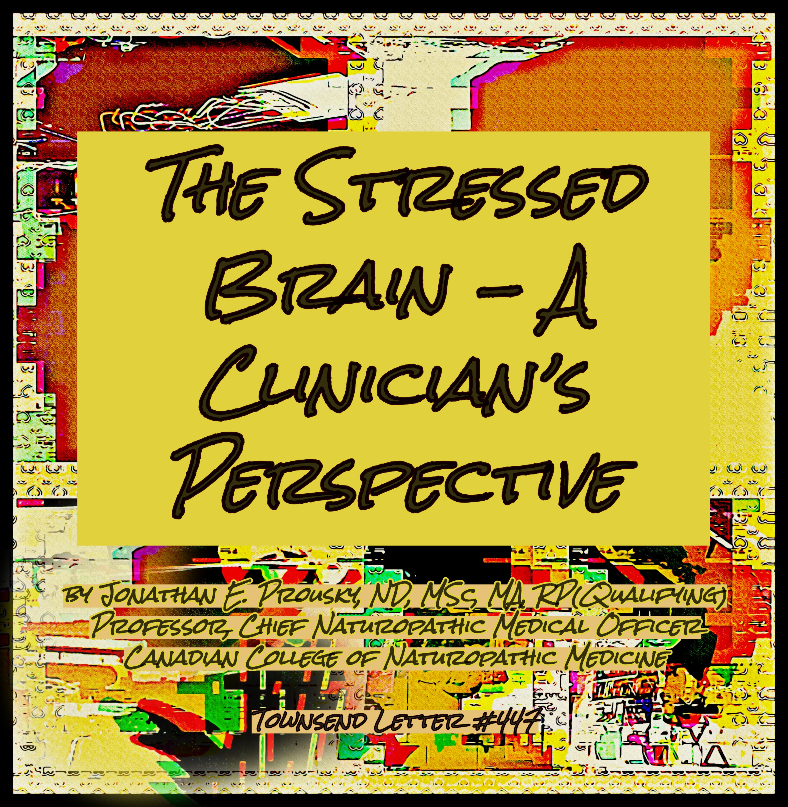…article continued:
Astill-Smith, the first in the UK out of the block with teaching diplomate status, almost single handedly set up and ran ICAK-UK in its early days, enthusiastically teaching the basic course in the UK, regularly travelling to what was regarded as ‘the source’ to learn new angles from Goodheart and others in the ICAK-USA, and sharing them with a growing body of AK aficionados at ‘Up-date’ weekends in Bath or Oxford back in the UK.
At the international ICAK conference in Paris (1990), the idea of a sub-diplomate status was introduced by Astill-Smith, at the request of the osteopaths in the UK: The Certificate Clinical Competence.
The following year at the International Conference in Copenhagen (organized by Shafer and a small but enthusiastic group of Danish AK students), the first two MD diplomates, Wolfgang Gerz and Hans Garten from Germany passed the diplomate exam; and they started to take over from Astill-Smith much of the teaching in Germany and Austria.
The following year in 1992 two more UK osteopaths, Alison Astill-Smith (then married to Chris Astill-Smith) and Clive Lindley-Jones took the diplomate exams in Brussels, perhaps the only IBE exams to allow extra time for breast-feeding, as Alison with still nursing their first son!
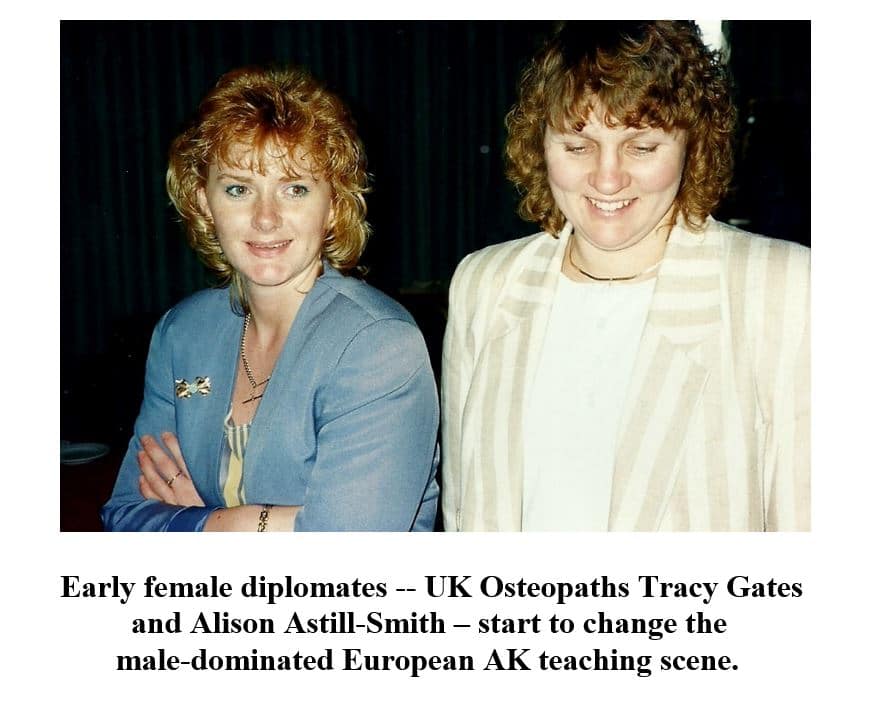
Throughout the early 1990s, others in the UK, like the indefatigable Tracy Gates, DO, Pauline Mathers, DO, and the innovative Simon King, DC, followed, gaining diplomate status and joining the other new diplomates around Europe starting to teach the now more organized teaching schedule of the original 100-hour AK course.
AK in the UK has attracted a steady flow of students each year, from those early days in the 1980s to the present, mainly osteopaths and chiropractors with a smattering of medical doctors looking beyond the prevailing medical model. The classes of first Chris Astill-Smith, then Clive Lindley-Jones and later Tracy Gates, Pauline Mather, and Simon King, kept a small but enthusiastic group going. Tracy Gates took over as President, a role she held very capably for many years alongside her work as secretary to the International Board of the ICAK. Eventually as the others dropped out from teaching the basic course, Tracy Gates was for many years left teaching the entire basic AK course in the UK.
Thanks to Dr. Joe Shafer’s wisdom and tact (following Goodheart’s aphorism that ‘you only keep what you give away’), who encouraged and maneuvered ICAK to open its doors in Europe beyond the chiropractic profession, Astill-Smith’s excellent teaching talents and unstoppable enthusiasm (if not for air travel, at least for teaching most weekends around Europe), soon saw PAK spreading rapidly across the continent from the Atlantic to the Urals.
But at this time, a bigger shift was also underway. One hot summer in the early 1990s, a weekend meeting was convened at Clive Lindley-Jones’ house in Oxford, UK, to thrash out ideas for a combined European AK syllabus, to see if the largely UK needs, taken more or less wholesale, by osteopath Astill-Smith from the American chiropractic model, could be merged with the German syllabus that was being developed by Drs. Gerz and Garten for the German-speaking students, mainly coming from a medical-physiotherapy background, some with additional training in osteopathic or chiropractic skills and philosophies.
Despite much hard work and great argument this was not to be. Each country’s chapter, coming as it does with its own historical and cultural differences, attracts a different body of clinicians with differing needs and professional focus. As mentioned above, most feel more comfortable being taught by colleagues of their own professional stripe. The freer, early pioneering days of AK in Europe in the 1980s, when a few enthusiasts were happy to cross professional boundaries, learn and share from each other, all united by their enthusiasm for AK hopefully could be sustained permanently in that form, at least in Europe despite a slight diverging of basic syllabuses.
However, new pressures and a harsher, more government-controlled professional climate has not been kind to PAK—except perhaps in Austria where it has been accepted as an accredited medical post-graduate course. But then, that has led to the Austrians leaving the international community of ICAK.
With most of the founding members gone, new and younger enthusiasts are in most of the ICAK chapters around the world, running with Goodheart’s innovative genius. Outside the United States, the chapters with the most vibrant groups are in Canada, Germany, Russia, Australia, and Korea. And yet across Europe from France and the UK in the west to Latvia and Russia in the east, passionate enthusiasts teach and share the knowledge with undimmed enthusiasm.
This is not to say that all has been plain sailing in PAK’s first few decades, as it has spread across the world beyond the shores of its native USA. Like all passionate exchanges of scientific and medical insights, it has brought both heated debate and, at times, quite bitter conflict, argument and organizational difficulties. However it would not be stretching things too much to say that this joy in the exchanging of insights old and new, based in the power of Goodheart’s discovery, has brought greater inter-professional and international friendship, fostering mutual respect, where only a generation ago it was all out war. Goodheart was naturally most munificent and grew more so as his influence increased in the world, accompanying what he gave with that courtesy and freedom which, to speak the truth, is necessary to make the benefit really compelling for his AK students around the world.
Where the professions and countries it has settled in are a bit more open to ideas beyond drugs and surgery, PAK has thrived. Good examples are, in Europe, the extraordinary growth in Germany. Equally exciting things—that just are never considered elsewhere—are being done with PAK in South Korea, in a culture that gives parallel high status and demanding education to both Western allopathic medicine as well as Traditional Korean Medicine.
